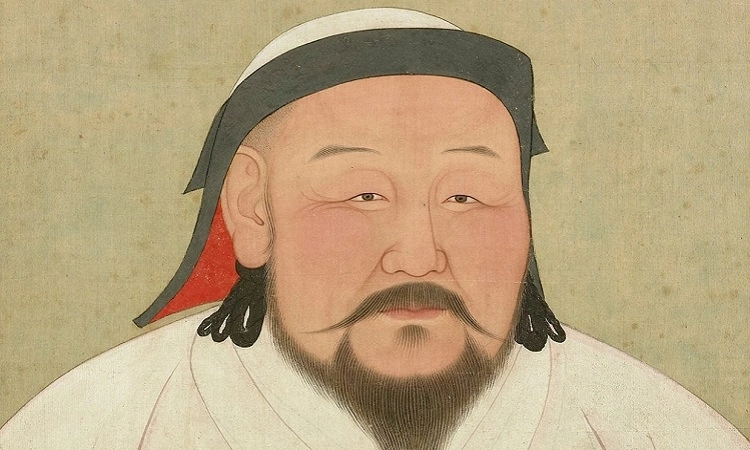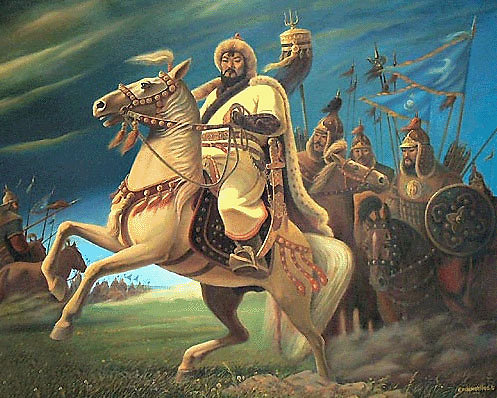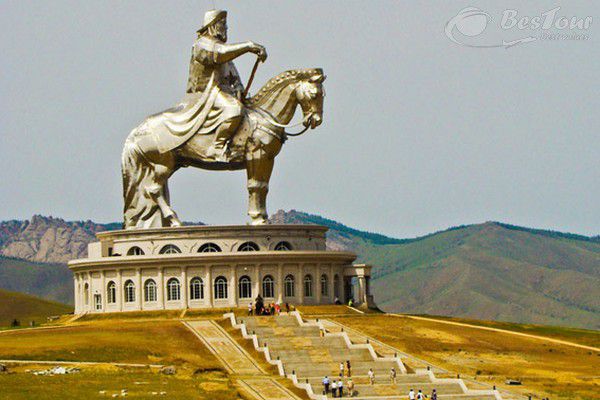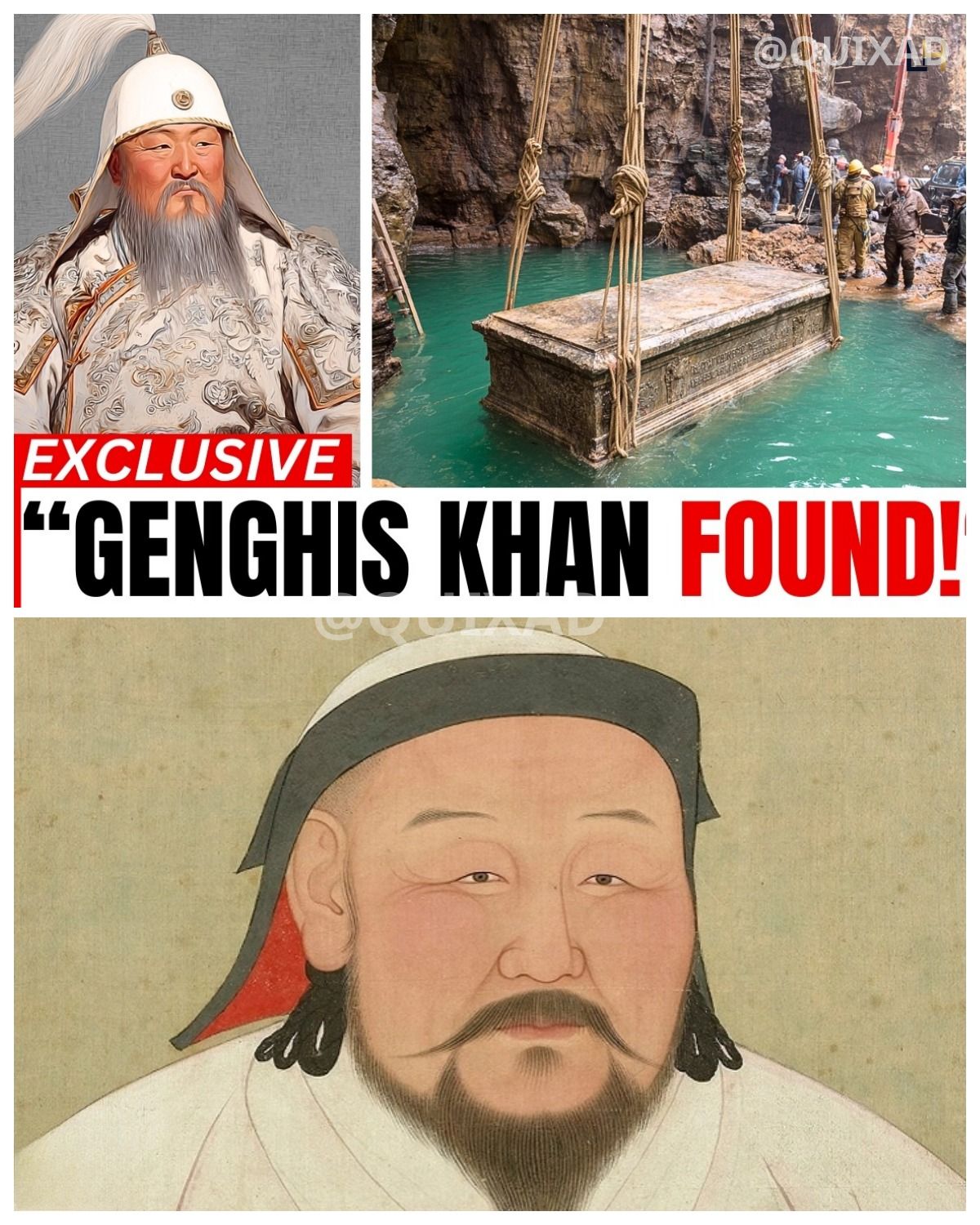The Story That Shook the Internet
In recent weeks, social media has been flooded with sensational headlines claiming that archaeologists have finally uncovered the lost tomb of Genghis Khan — the legendary Mongol conqueror whose burial site has remained hidden for nearly 800 years.
Posts shared across Facebook, TikTok, and YouTube described breathtaking discoveries: golden artifacts, ancient scrolls, and even “weapons of unimaginable craftsmanship.” Some reports went so far as to claim that researchers had “opened the sealed tomb” and found “shocking evidence” that could rewrite Asian history.
But amid the excitement, one pressing question emerged — is any of it true?
The Historical Mystery of Genghis Khan’s Burial

Genghis Khan, born Temüjin around 1162, forged one of the largest empires in human history. When he died in 1227, his burial was carried out under strict secrecy.
Historical texts suggest that those who attended his funeral were ordered to conceal the location — some say entire rivers were diverted, and forests planted to erase the site from memory. The goal was clear: no one would ever disturb his final resting place.
For centuries, scholars and explorers have searched for clues, launching dozens of expeditions across Mongolia. Yet, despite satellite imaging, radar scanning, and ground surveys, the true location of Genghis Khan’s tomb has never been found.
The Viral Claim vs. Verified Facts

The recent claims of a “tomb opening” originated from unverified online blogs and AI-generated videos — not from credible news or scientific outlets.
Major publications such as National Geographic, BBC, Reuters, and Archaeology Magazine have not reported any confirmed discovery of Genghis Khan’s resting place.
In fact, the Mongolian government maintains strict cultural and ethical restrictions on excavations in areas believed to be related to Genghis Khan’s heritage, including Burkhan Khaldun mountain, which is considered sacred.
What Experts Are Actually Saying

Dr. Timothy Williams, a Central Asian historian at the University of Oxford, clarified in an interview that “no verified archaeological excavation of Genghis Khan’s tomb has ever taken place. Every few years, a claim surfaces online — but none have held up to scientific scrutiny.”
Archaeologist Ulziibayar Enkhbat from the Mongolian Academy of Sciences added, “If the tomb were ever located, it would be treated with utmost respect, following national laws protecting sacred heritage sites. Unauthorized digs are illegal.”
Why These Stories Keep Spreading

There’s a simple reason such claims go viral: Genghis Khan’s mystery remains one of the last great unsolved riddles of history. The combination of legend, secrecy, and potential treasure makes it irresistible to online audiences.
With advancements in AI and digital editing, fabricated “footage” of tomb openings can look convincingly real, especially when shared with dramatic captions like “The World Is Not Ready for What They Found!”
But as with many viral stories, a lack of credible sources or scientific confirmation is a red flag that should not be ignored.
The Real Ongoing Research

While the tomb itself remains undiscovered, serious scientific work continues.
Researchers from the National University of Mongolia and Japan’s Nagoya University are conducting non-invasive studies using satellite imaging and soil analysis to better understand the geography of northern Mongolia. Their goal is not to “open” the tomb but to map historical trade routes and burial zones that may reveal insights about Genghis Khan’s era without disturbing sacred ground.
The Cultural and Ethical Balance
Mongolian historians and local communities view the secrecy of Genghis Khan’s resting place as sacred — a deliberate act of respect for their national founder. Many believe the tomb should never be disturbed, regardless of technology or curiosity.
As one Mongolian elder told The Guardian, “Our Khan is not lost. He is where he chose to rest. The mystery is part of his legacy.”
What’s the Truth?
No credible excavation has ever opened Genghis Khan’s tomb. The viral story circulating online — filled with dramatic photos and claims of “hidden relics” — is fictional or heavily exaggerated.
The mystery continues to inspire both science and legend, but for now, the truth remains buried beneath the steppes of Mongolia — exactly as Genghis Khan intended.
Disclaimer:
As of 2025, there is no verified discovery or opening of Genghis Khan’s tomb. This article clarifies misinformation and summarizes the historical and archaeological context behind the ongoing mystery. Readers are encouraged to rely on credible, peer-reviewed sources for accurate updates.
Sources:
- BBC News – “Why Genghis Khan’s Tomb Remains a Mystery”
- National Geographic – “Searching for the Lost Tomb of Genghis Khan”
- Reuters Fact Check – “No, Archaeologists Did Not Find Genghis Khan’s Tomb”
- The Guardian – “The Mountain That Guards Genghis Khan’s Secret”
